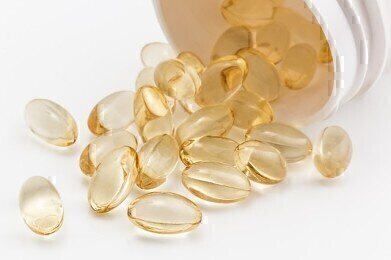Water/Wastewater
How Bad is Pharmaceutical Pollution?
Feb 04 2018
From headache relief to the treatment of serious illnesses, we’ve all relied on the pharmaceutical industry for some form of medical help at some point. But does this have any ramifications when it comes to the environment? Needless to say, we don’t want drugs spreading where they’re not wanted. Read on as we take a closer look at pharmaceutical pollution.
What goes up, must come down
What happens to food when you eat it? Well, your body digests it, takes its nutrition, then releases the indigestible waste. Or that’s the simplified version, at least. And it’s much the same for medication. When you take a pill, your body extracts some of the useful chemicals, before it passes through to your large intestine, rectum and eventually the toilet.
Unlike your breakfast, lunch and dinner, however, these pills can still contain chemicals after digestion. After they have left your body, these chemicals could affect living organisms. So, yes, your waste could be causing problems after it’s been flushed.
The problem with testing waste
While it’s relatively simple to explain the phenomenon of pharmaceutical pollution, it’s not quite as easy to test. Specifically, scientists have trouble assessing its effect on marine organisms, partly because of their movement through different environments. However, a recent study has used shellfish to test the impact of contamination.
A team of scientists from Sao Paolo University grew shellfish on sediment modelled on that of Santos Bay, an area which is exposed to untreated sewage. This included exposure to a painkiller, ibuprofen, and triclosan – an antibacterial ingredient in toothpaste.
The impact of pharmaceutical waste
Because shellfish live a stationary life, scientists could gain an accurate understanding of how these drugs affect them in a real-world environment. After exposure to the drugs, they found that the shellfish suffered from reproductive problems as well as malformed membranes.
So, while government assessments generally look at the effect on species population, there is a clear non-fatal impact on the shellfish. What’s worse is that this is just one study, in one area, with two types of chemicals being assessed. On a broader scale, there could be far more damage being caused to different species across the world.
Treating polluted water
It’s not just sewage that causes water to become polluted. Agricultural run-off and flooding are also common ways in which water sources become contaminated. But how can they be treated to prevent serious problems developing? The article ‘The best way to clean up flooded lakes and reservoirs?’ discusses the options available.
Events
May 05 2024 Seville, Spain
May 13 2024 Munich, Germany
May 23 2024 Beijing, China
May 23 2024 Beijing, China
Jun 10 2024 Algiers, Algeria













